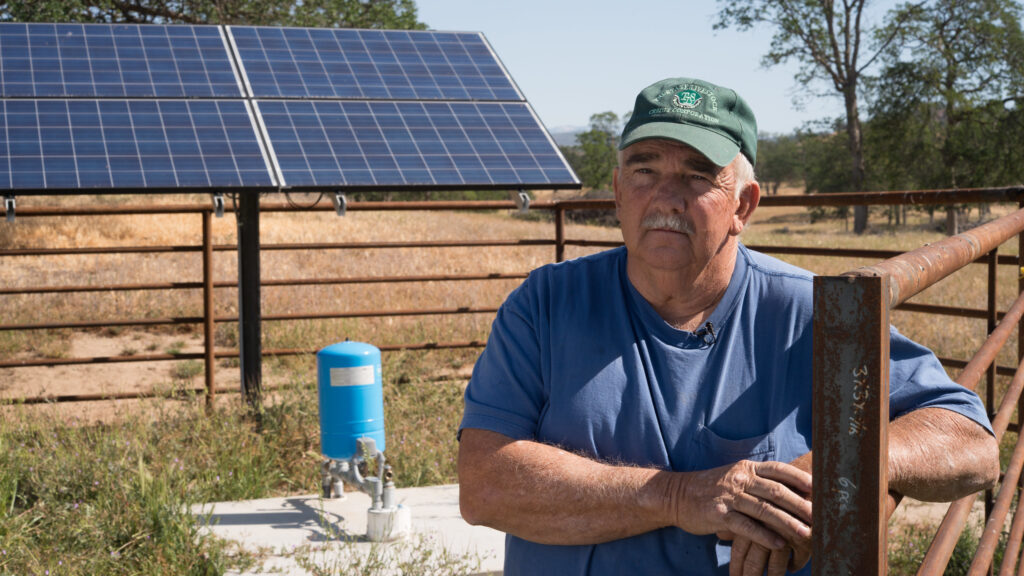Mounting challenges in food production and shrinking costs for energy production are pushing farmers to slowly replace food crops with solar panels on their land, a study on California Central Valley’s land use shows.
“People are using solar to reduce their water use (…) as well as to feel some financial security,” said Jacob Stid, a researcher at Michigan State University who identified over 900 photovoltaic installations in the area from 2008 to 2018.
California’s Central Valley has some of the most productive and valuable agricultural land in the United States, growing almond and orchard crops of global significance.
However, it has been under increased water stress in the last decade, raising costs for fertilisation and irrigation.
At the same time, the cost of solar panels costs plummeted while solar power incentives were expanded.
“We asked what happens when a farmer makes the choice to go down the path of installing solar on [an] amount of acres of their cropland,” from both a food production and energy generation point of view, Mr Stid explained.
They found that energy generation is more lucrative than food production under all scenarios.
The decade saw 3,930 hectares of land, or 9,711 acres converted from croplands to solar farms.
“Solar has become an agricultural commodity with the existing incentive infrastructure … and an extremely effective cash crop for farmers,” Mr Stid added.
Solar energy generation is “a confirmed return, [while] you could have a drought one year.”
While still a small proportion of the 2.63mn hectares of agricultural land in the area, such a shift could endanger location-specific crops.
“It’s something we should monitor at a crop level to make sure we don’t end up in 2050 having an extreme shortage of, for example, almonds,” Mr Stid concluded.
Despite the concerns, there are signs the trend could be reversed. At the end of May, the US Department of Agriculture released a policy paper clearly stating that “Farmland should be for agricultural production, not solar production.”
California has already slashed compensation for solar energy production – in some cases by 80 per cent – for new installations and there are even proposals calling for breaking existing contracts.




